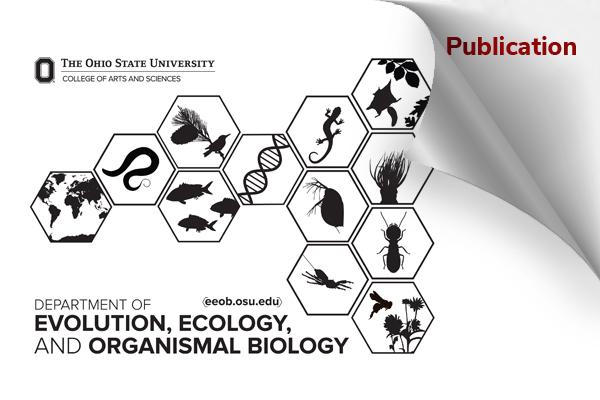EEOB Publication - Santos

Distinct evolutionary signatures underlie body shape diversity across deep sea habitats Open Access
Elizabeth Christina Santos, Sarah T Friedman, Christopher M Martinez. 2025. Evolution, qpaf207, DOI:10.1093/evolut/qpaf207
Abstract
The deep sea is known for extreme biological conditions such as high pressure, little-to-no solar light and cold temperatures. Despite these challenges, deep-sea fishes have been shown to have higher body shape diversity than shallow relatives. An open question is whether different habitats within the deep sea differentially contribute to this surprising phenotypic diversity. Here, we explore the joint effects of two major environmental dimensions in marine ecosystems, the benthic-pelagic axis and ocean depth, on phenotypic diversification in teleost fishes. Using measurements of body shape across nearly 3,000 species, we found that increasing ocean depth generally shifted axes of phenotypic evolution and promoted diversification for benthic, demersal, and pelagic fishes alike. However, body shape diversity and rates of body shape evolution did not scale evenly across these habitat divisions. For benthic fishes, rate increased more strongly than diversity with ocean depth, while the reverse was true for pelagic fishes. Analyses of historical transition rates showed that routes to colonizing deep-pelagic habitats have been more variable than those for colonizing deep-benthic habitats, suggesting that independent invasions from different sources may help explain the diversity of deep-pelagic fishes without invoking high evolutionary rates. Relaxed selection on body shape may also explain this diversity, as suggested by the extreme range of forms found in the deep pelagic coinciding with an elongation axis shared by all deep-sea fishes. Overall, our results reveal a mosaic of pathways through which body plan diversity has accumulated across a large vertebrate radiation, underscoring the importance of considering finer scale habitat variation in broad-scale evolutionary studies.
